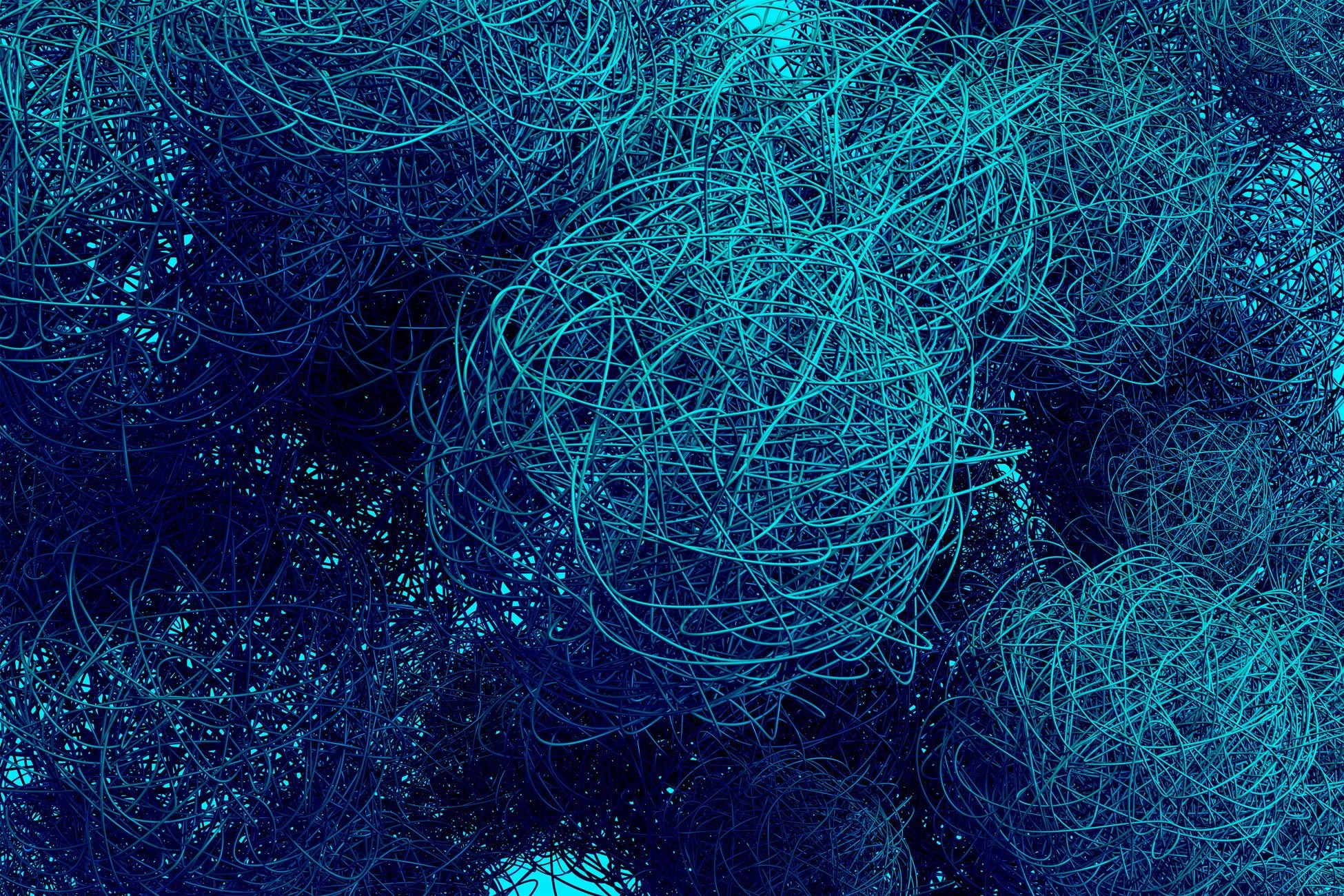With AI-powered quality control, real-time project tracking, and unparalleled commitment to transparency, CustomFabUSA redefines what it means to be an industrial sewing contractor. Explore how advanced automation, rigorous certifications, and clear communication are driving a revolution in cut and sew services—right here in America.
Empower your workforce by phasing out PFAS. Explore strategies and how safer materials protect employees in sewing and manufacturing.
Selecting the right industrial sewing contractor is crucial for ensuring quality, efficiency, and reliability in your projects. This guide outlines the key decision factors and explains why CustomFabUSA stands out with real-time project tracking and exceptional client communication.
LEAN manufacturing is reshaping contract sewing in the U.S. by eliminating waste, improving efficiency, and ensuring top-tier quality. CustomFab USA embraces these principles to deliver superior soft goods production. Learn how LEAN methods like Kanban, 5S, and Just-in-Time (JIT) are making domestic sewing more competitive than ever.
Worker interviews highlight the impact of PFAS-free manufacturing. Hear firsthand how safer practices reshape lives on the factory floor.
In the wake of proposed tariffs and ongoing policy shifts, new ‘Made in America’ tax incentives could spur a resurgence in domestic contract sewing. Learn the facts, see how they compare to earlier measures, and discover why now may be the perfect time to bolster your U.S.-based production.”
Newly proposed tariffs on imported goods are poised to influence everything from raw material costs to global supply chain logistics. In this post, we break down the latest developments, explore potential impacts on American manufacturing, and provide actionable steps for switching or reshoring operations. Plus, find out how CustomFab USA can help you navigate the process smoothly.
Learn why PFAS-free textiles matter, how they impact the sewn goods industry, and what to expect in our in-depth blog series.
Learn how Ariel Perez of CustomFab USA helps brands navigate U.S.-based contract sewing and American manufacturing. Explore his top blog posts, meet him at SHOT Show 2025 (Booth #51303), and discover tips for a successful face-to-face consultation.
Explore how CustomFab is pioneering innovation in 2025 through new software, LEAN manufacturing, and expanded product lines in the sewn products industry.
All soft goods start with technical drawings. These drawings provide the necessary information to your white label manufacturing team. Discover the importance of these documents and the steps to create them for precision soft good manufacturing solutions.
Emergency Medical Services Individual First Aid Kits serve to render aid to a person in need of emergency medical attention. Among the most common type of IFAKs are those that are combat medics and First Responders. In addition, these kits can also be found on airliners and cruise ships.
The Environmental Impact Series: Part 1 - American-Made Products and Sustainability
In today's globalized world, products travel thousands of miles before reaching consumers. While this has its advantages, it also has a significant environmental cost. In this series, we'll explore the environmental impact of various manufacturing practices, starting with the benefits of American-made products.
Explores the history of luggage and how contract sewing can help luggage innovators realize their ideal products.
Learn more about what knit and woven fabrics are, how they are made, what benefits each one offers, and what you should know if you want to learn how to manufacture soft goods.
All soft goods start with technical drawings. These drawings provide the necessary information to your white label manufacturing team. Discover the importance of these documents and the steps to create them for precision soft good manufacturing solutions.
To pay homage to the industry that is our passion and lifestyle, we developed blog posts to assist those on the verge of taking their products from small and medium scale production to industrial scale, addressing some of the pitfalls, hacks, and textile idiosyncrasies along the way.
Explore the differences between contract sew and cut and sew to help select a quality industrial manufacturing contractor.
Today the CustomFab USA team is nearly 400 strong and has no near term forecast of slowing down its growth. Hefty tariffs on foreign goods, unanticipated disruptions in supply chains due to the COVID19 pandemic, and a new wave of enthusiasm for reshoring the manufacturing and production process of essential goods have all been critical forces recently driving the company’s success.
Selecting the perfect color is an important part of developing a soft-goods product. As one of America’s leading textile manufacturers, CustomFabUSA knows a thing or two about choosing a fabric color that’s both durable, functional, and aesthetically pleasing.





















